On the weekly ‘opinions’ afternoons, the public would arrive with carefully wrapped parcels holding items to be identified, writes Claire Wilcox. Sometimes this was a length of Brussels lace, sometimes a gown that could be dated not just to the year but to the season, because the fashion then was known:
Once, someone brought a box of medieval leather shoes and everyone was sent home while a specialist in protective clothing and mask was called in, in case they had come from a plague pit.
She was talking of the textile department of the Victoria & Albert Museum, where she had been senior curator of fashion since 2004. Among exhibitions she has organised at the museum are Radical Fashion, Vivienne Westwood, The Golden Age of Couture: Paris and London 1947-1957 and Alexander McQueen: Savage Beauty. She also instigated live catwalk events in the museum and has numerous other distinctions.
In short, Professor Wilcox, a fashion intellectual, not only cares about clothes and the materials they are made of, she has a deep interest in their history. ‘We are caring for the high-quality detritus of the past to understand who we are.’
Some of this is detailed in Patch Work, an extraordinary mixture of museum work interleaved with memoir — her life told in snapshots of a page or two (not always chronologically), followed by a description of, say, Fortuny dresses, pleated like those worn by Greek goddesses, rolled and then coiled to stop the narrow pink, silver-grey, ivory, black and pale blue pleats of finest silk falling out; or a disquisition on clothes moths, which are especially keen on cashmere jumpers. The Romans, she says, with their hand-spun wool, were also driven mad by them.
Her first step towards museum life was at university, where she read art history. Planning to argue in her dissertation that yellow was the colour of faith, she was sent by her teacher to the national art library at the V&A for books on Graham Sutherland, Braque and Josef Albers. ‘I felt like a parched traveller who had found an oasis.’
She next went with a friend to India on the hippy trail, following an invisible path known only to young people. They took a few clothes, a copy of War and Peace — tearing out each page as it was read to lighten the load — and the obligatory guitar (that neither of them could play), its case stuffed with Tampax that fell out every time it was opened, getting grubbier and grubbier.
Next came working in a basement in Fulham Road, packing gift sets of jubilee knickers (it was 1977, the year of the Queen’s silver jubilee), diaphanous, crotchless and trimmed with a satin bow; then a stint in a shop that sold Victorian and Edwardian bedclothes and underwear, which would arrive limp, yellow and often dirty. Wilcox’s job was to wash, starch and iron them:
The sheets were often linen and responded magnificently to laundering, becoming heavy and silken, the quality of the material completely superior to anything available today.
When she went to the V&A she discovered that lace in its heyday was an economic miracle, more valuable, weight for weight, thread for thread, than gold; she also learned that French — her own was shaky — was the language of textile history. She tells us, too, that as London’s ever taller buildings require ever deeper excavations, so more of what earlier Londoners wore keeps coming to light: ‘Lots of medieval caps, made of felted wool designed to be warm and waterproof, have been found.’ A group of 1820-1930 top hats are each sealed in a clear plastic bag marked with a skull and crossbones because mercury had been used in their manufacture.
After a while, feeling overwhelmed (‘the vast knowledge of the experts reduced me to silence’) she left, and went to Camberwell art school, where she was ten years older than most of the students. But after Camberwell she returned to the museum (‘pulled back by a silver thread’).
There are stories of a ghost curator in the museum’s basement — people have heard tapping at doors but when the doors are unlocked no one is there. Wilcox herself is nervous in the mannequin storage room, where some of the bodies have their nipples filed off — ‘it would be inappropriate for a nipple to mar the bodice of a 19th-century gown’.
Beautifully written, her book is a love story, with clothes as much as people as its heroes, from the childhood frocks, wedding dress and a blue and white check bikini made by her mother to the dark blue suit her husband wore to get married in — she was in white linen — and, above all, to the Victoria & Albert Museum.
Got something to add? Join the discussion and comment below.
Get 10 issues for just $10
Subscribe to The Spectator Australia today for the next 10 magazine issues, plus full online access, for just $10.
You might disagree with half of it, but you’ll enjoy reading all of it. Try your first month for free, then just $2 a week for the remainder of your first year.

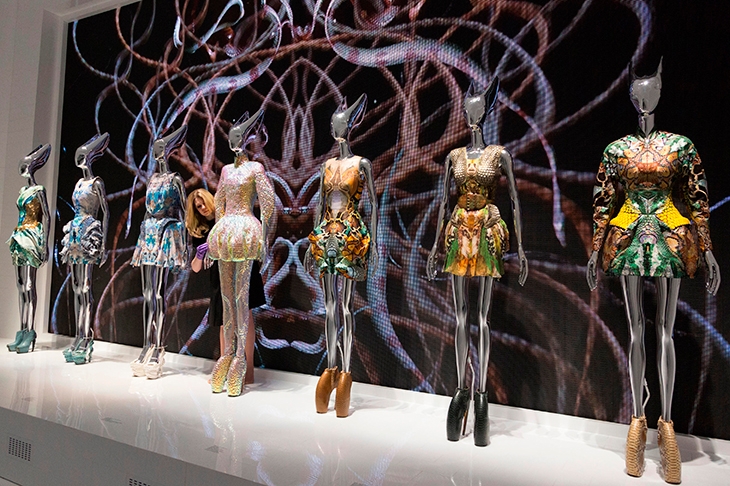
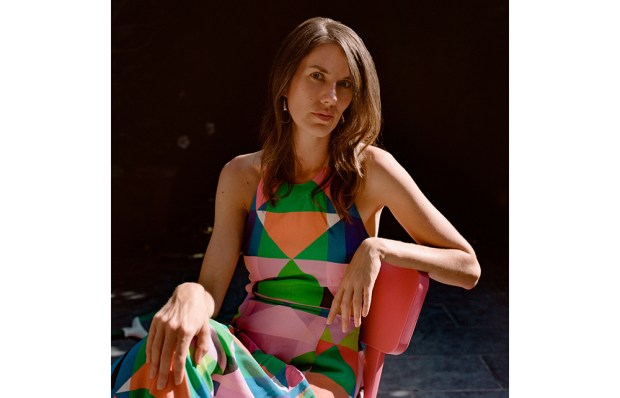
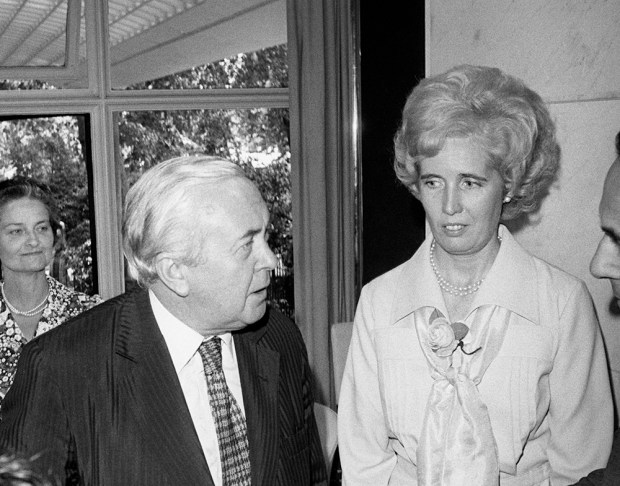
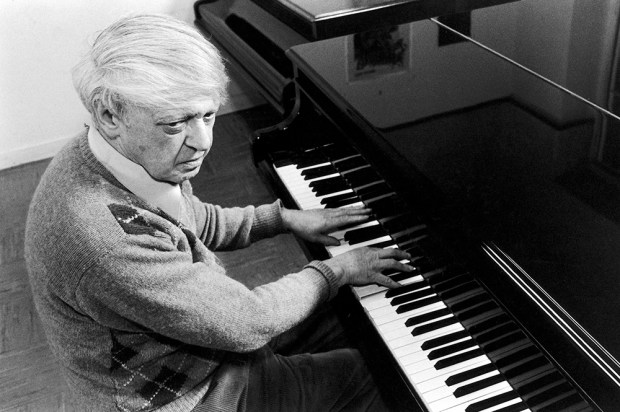
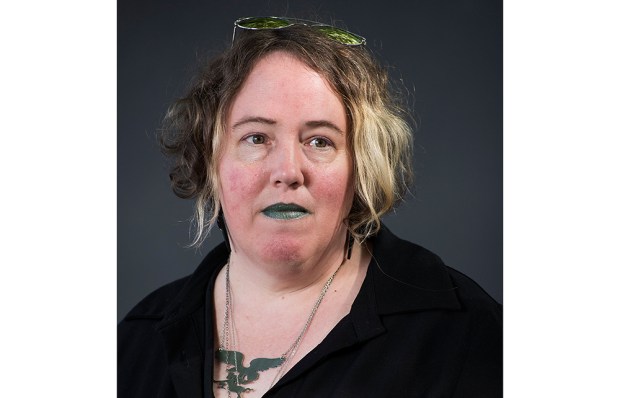
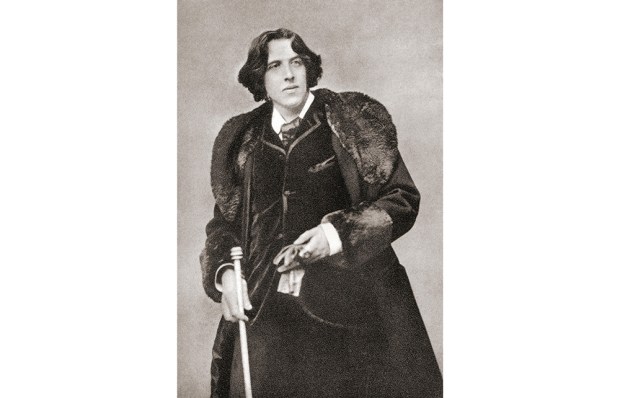







Comments
Don't miss out
Join the conversation with other Spectator Australia readers. Subscribe to leave a comment.
SUBSCRIBEAlready a subscriber? Log in